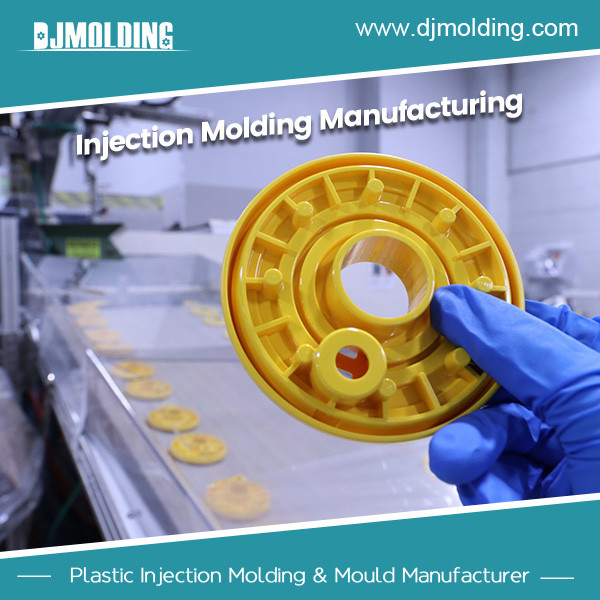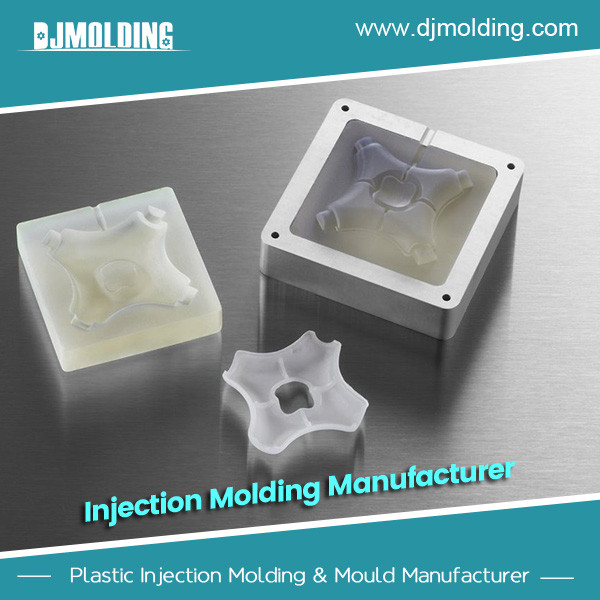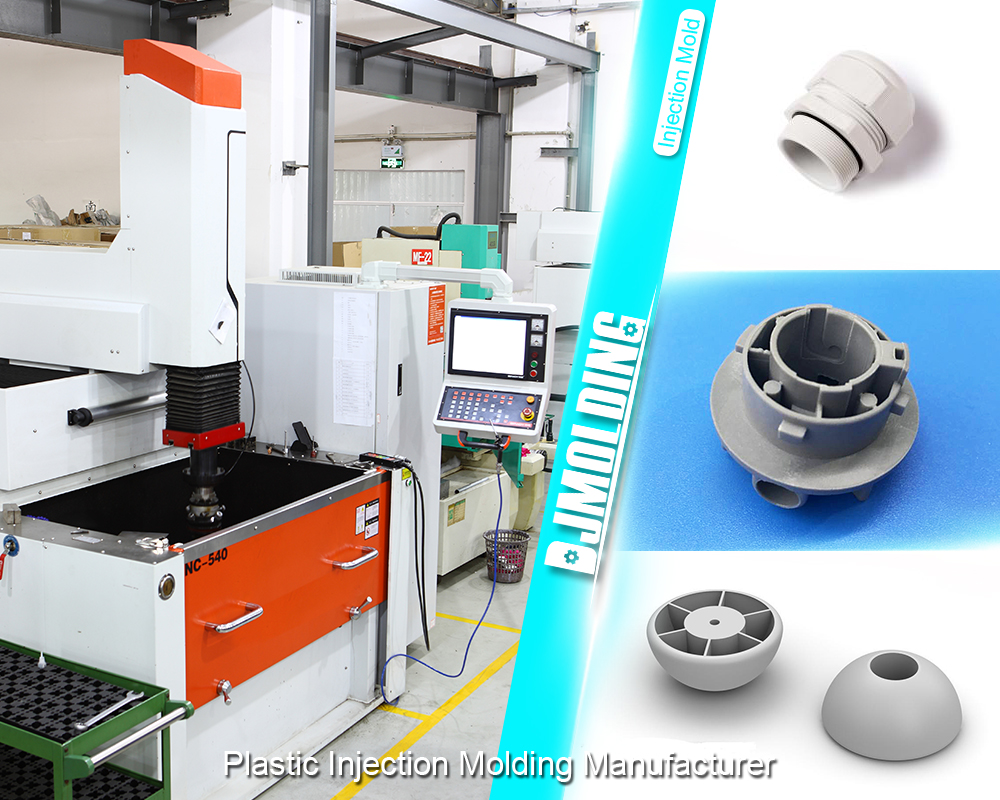Low Volume Plastic Injection Molding Services – When to Apply It and How It Works
Low Volume Plastic Injection Molding Services – When to Apply It and How It Works
Low volume plastic injection molding involves injecting molten plastics in a mold cavity so as to obtain a particular shape. It is commonly used for producing small quantities of plastic parts, typically ranging from a few hundred to a few thousand units.
This process offers several advantages over traditional high volume injection molding, including faster turnaround time, cost-effectiveness, faster turnaround time, and the ability to test and refine designs before mass production.
The history of low volume plastic injection molding can be traced to around the 1940s when the first injection molding machines were developed. However, it wasn’t until the 1970s that the process gained popularity for low volume production. With advancements in technology and the availability of more affordable equipment, low volume plastic injection molding has become a viable option for small businesses and startups looking to bring their products to market.

When to Use Low Volume Plastic Injection Molding
There are several scenarios where low volume plastic injection molding is the preferred manufacturing method. Firstly, it is commonly used for prototyping and testing purposes. By producing a small batch of parts, businesses can evaluate the functionality, fit, and performance of their product before investing in mass production. This allows for any necessary design modifications or improvements to be made early on, saving time and money in the long run.
Secondly, low volume plastic injection molding is ideal for small production runs. Whether it’s a limited edition product or a niche market item, businesses can produce a small quantity of parts without incurring high tooling costs or committing to large inventory levels. This flexibility is particularly advantageous for startups or businesses with fluctuating demand.
Moreover, low volume plastic injection molding is well-suited for customized or specialized products. With the ability to create complex shapes and intricate details, businesses can cater to specific customer requirements and create unique products that stand out in the market. This customization capability gives businesses a competitive edge and allows for greater customer satisfaction.
Lastly, low volume plastic injection molding is often chosen when there are limited budget or resources available. As mentioned earlier, the lower tooling costs and reduced waste make it a cost-effective option for businesses with tight budgets. Additionally, the shorter lead times and faster turnaround times allow businesses to bring their products to market quickly without requiring extensive resources.
Materials Employed in Low Volume Plastic Injection Molding
In low volume plastic injection molding, a variety of plastic materials can be used depending on the specific requirements of the product. Some common types of plastic materials used include acrylonitrile butadiene styrene, polypropylene (PP), polyethylene (PE), , polystyrene (PS), and polyvinyl chloride (PVC).
Each material has its own unique properties and characteristics that make it suitable for different applications. For example, polypropylene is regarded for having high chemical resistance and is often used for containers, packaging, and automotive parts. Polyethylene, on the other hand, is a versatile material that is commonly used for bottles, bags, and toys due to its excellent impact strength and flexibility.
Acrylonitrile butadiene styrene (ABS) is a popular choice for consumer electronics, automotive parts, as well as household appliances because of its high strength, rigidity, and heat resistance. Polystyrene is a lightweight material that is commonly used for packaging, disposable cutlery, and insulation. Lastly, polyvinyl chloride (PVC) is a durable material that is often used for pipes, cables, and flooring.
When choosing materials for low volume plastic injection molding, one needs to consider several factors. These include the mechanical properties required for the product, such as strength, flexibility, or heat resistance. Other factors to consider include the chemical resistance of the material, its cost, availability, and any specific regulatory requirements that may apply.
The Process of Low Volume Plastic Injection Molding
The process of low volume plastic injection molding involves several steps to transform raw plastic material into a finished product. The following steps are a summary of the process:
Mold Design: The first step in low volume plastic injection molding is designing the mold. This involves creating a 3D model of the desired part using computer-aided design (CAD) software. The mold design takes into account factors such as part geometry, material flow, and cooling requirements.
Mold Fabrication: Once the mold design is finalized, the mold is fabricated using precision machining techniques. This typically involves CNC milling or electrical discharge machining (EDM) to create the desired shape and features of the mold.
Material Preparation: The next step is preparing the plastic material for injection. This involves selecting the appropriate plastic resin and melting it down to a liquid state. The plastic resin is typically in the form of pellets or granules, which are fed into a hopper and then melted using a heating element.
Injection: when the plastic melts, high pressure forces it in the mold cavity. This is done using an injection molding machine, which comprises a barrel, screw, and plunger system. The molten material is forced into the mold cavity via a runner and nozzle system.
Cooling & Solidification: After injecting the melted plastic into the mold’s cavity, cooling and solidification will follow. The mold’s cooling channels assist in facilitating this process by circulating coolant or water to rapidly cool the plastic. The cooling time depends on factors such as part thickness, material type, and complexity.
Ejection: When the plastic becomes solid, the mold automatically opens up, ejecting the part from the mold’s cavity. This is typically done using ejector plates or pins that push the part out of the mold. The part then falls onto a conveyor belt or collection bin for further processing or inspection.
Finishing: Depending on the specific requirements of the part, additional finishing processes may be required. This can include trimming excess flash or sprue, surface treatment such as polishing or painting, and any necessary assembly or packaging.
Throughout the entire process of low volume plastic injection molding, quality control measure is implemented to ensure that each part meets the necessary specifications. This can include visual inspection, dimensional measurement, and functional testing to verify the quality and performance of the parts.

Conclusion
In wrapping up, low volume plastic injection molding stands out as an incredibly efficient and cost-effective solution for producing excellent plastic part in smaller quantities. Ideal for situations such as prototyping, market testing, or custom production runs, this method offers the flexibility and precision required by many industries today.
By understanding when to apply low volume injection molding and grasping how it functions, businesses can make smart decisions that optimize their production processes, reduce waste, and ultimately save on costs.
For more about low volume plastic injection molding services – when to apply it and how it works,you can pay a visit to Djmolding at https://www.djmolding.com/mastering-the-art-of-low-volume-plastic-injection-molding-a-comprehensive-guide-for-professionals/ for more info.




